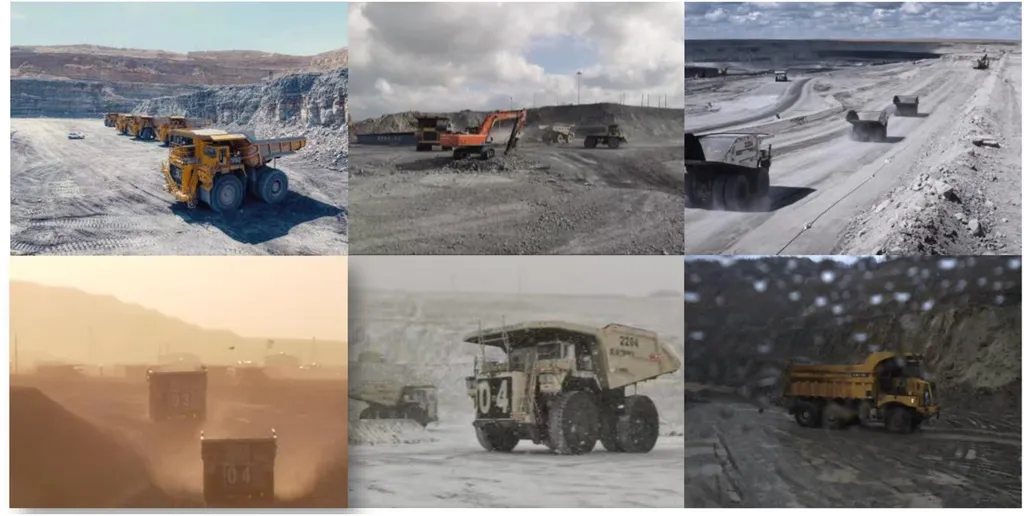In the rugged, ever-shifting landscapes of mining operations, autonomous trucks are becoming an increasingly vital component, yet they face significant hurdles in navigating around obstacles. A recent study published in *Kongzhi Yu Xinxi Jishu* (translated as *Control and Intelligent Technology*) offers a promising solution to these challenges, potentially revolutionizing the efficiency and safety of autonomous mining operations.
The research, led by Huang Shuai, introduces a novel local obstacle avoidance path planning algorithm designed specifically for autonomous mining trucks. The study addresses critical issues such as close-range identification difficulties, communication delays, and the lack of real-time planning capabilities. Huang Shuai explains, “Our method simplifies obstacle and reference path information using the Frenet coordinate system, which allows for more efficient processing and decision-making.”
The algorithm employs an innovative obstacle clustering strategy to reduce the discreteness of potential path space, making it easier for the trucks to navigate around obstacles. This is followed by a boundary transformation strategy that converts non-convex constraints into convex constraints, enabling the construction of a quadratic planning model. This model includes variables such as lateral offset, offset velocity, and offset acceleration, which are crucial for precise path planning.
The results are impressive. Simulations and real vehicle experiments confirmed that the proposed method can rapidly generate effective obstacle avoidance paths using global path information, with a planning time of less than 40 milliseconds. Compared to other local path planning methods based on A* search and dynamic programming (DP), this method improves planning efficiency by 70%-80%. “This significant increase in efficiency enhances the obstacle avoidance capability of autonomous mining trucks in mining environments,” Huang Shuai notes.
The implications for the energy sector are substantial. Autonomous mining trucks equipped with this advanced path planning algorithm can operate more efficiently and safely, reducing downtime and increasing productivity. This could lead to cost savings and improved safety for mining operations, ultimately benefiting the entire energy sector.
As the mining industry continues to embrace automation, advancements like this are crucial. Huang Shuai’s research not only addresses current challenges but also paves the way for future developments in autonomous mining technology. The study’s findings, published in *Kongzhi Yu Xinxi Jishu*, highlight the potential for significant improvements in the field, offering a glimpse into a future where autonomous mining trucks navigate complex environments with unprecedented precision and efficiency.

